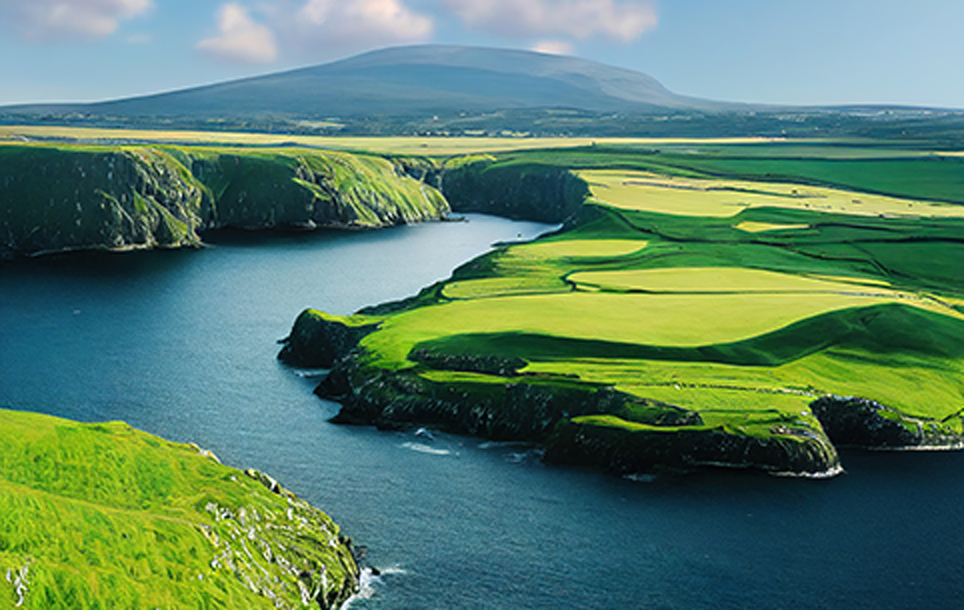Global Economic Outlook – A Year of Consolidation Ahead
2022 is likely to be a year of solid economic growth, but down on 2021 as stimulus on both the fiscal and monetary fronts are pulled back. There is uncertainty about the impact on economic activity of any new variants that may come to light in 2022, but with countries unlikely to go back into full lockdown the overall hit to global growth is not expected to be more than half a percentage point. As things currently stand, world economic growth is forecast to fall to 4.5% in 2022 from an estimated 5.6% in 2021 before declining further to 3.2% in 2023. Apart from the virus, the main risk to an otherwise relatively upbeat global economic outlook is that the inflation spike we are seeing now proves longer and rises further than expected.
Organisation for Economic Cooperation and Development World Growth Forecasts

China has an outsized role to play
China is the big question mark looming over the global growth outlook in 2022. Growth of just over 5.5% is expected for this year, down from around 8.5% in 2021, but this may be on the optimistic side. Falling retail sales of consumer goods and the ongoing difficulties with Evergrande, the huge property developer point to trouble for the world’s second-largest economy. China represented roughly 20% of the global economy in 2021 but more than 30% of total world economic growth – in other words, it picked up the slack from Europe and other slow-recovery regions.
Could inflation turn to stagflation?
A key concern is whether inflation is a temporary effect of the Covid-19 rebound or something longer-lasting? When operations return to normal, prices will normalise too. However, factors such as the cost of energy and the availability of truck drivers will have a longer-term effect on some sectors such as the logistics-dependent retail sector. The energy transition could also drive-up prices in the long-term. Carbon taxes and the cost of complying with new regulations will push up the cost of supply, and it is consumers who will pay. If central banks are slow to respond and ultimately must tighten monetary policy more than they should have then there is a risk of stagflation, for which there is no quick fix.
Risks to the overall outlook
There are several possible scenarios that could derail global growth in 2022. Obvious ones are increased tensions between the US and China; a property market crash in China and new Covid-19 variants. Three other things to keep an eye on in 2022:
(1) French Presidential election: The latest surveys suggest that French far-right candidate Eric Zemmour would be eliminated in the first round if the election were held now, with current President Emmanuel Macron tipped to beat Marine Le Pen, the veteran leader of the far-right in the second round, but this outcome remains highly uncertain. A win for either far-right candidate would have serious consequences for the future of Europe.
(2) German/Russian relationship: New German Foreign Minister Green Party co-leader Annalena Baerbock has promised to take a much harder line with Russia. However, with Germany heavily dependent on natural gas supply from Russia (Nord Stream 2) this is a dangerous strategy. International concerns over a potential Russia/Ukraine war could test Baerbock’s resolve. If the Nord Stream 2 pipeline was shut off then that would have a huge negative impact on the German economy and in turn the rest of Europe.
(3) Turkey’s unorthodox economic policy: Turkish President, Recep Tayyip Erdogan, says there will be no turning back from his policy of cutting interest rates despite very high inflation (36% currently). Quite simply this could turn nasty for the rest of the world if Erdogan were to hold his nerve for long enough and for the lira to fall far enough to endanger Turkey’s banks. This could prompt currency falls in other emerging markets and provoke central banks, in turn, to further tighten monetary conditions.
Ireland – Strong economic growth on the cards
The most recent Quarterly National Accounts from the CSO showed average real GDP growth of 14.5% in the first three quarters of 2021, putting the country on course to top the EU growth league table where it has been consistently since 2014. A lot of the growth can be put down to the multi-national sector, especially the pharmaceuticals and information technology companies. Modified domestic demand (essentially consumer spending and construction activity), which is seen as a better true indicator of what’s going on in the Irish economy, by stripping out globalisation effects, was up almost 5.0% in the January-September period than the same time in 2020 but down 1.2% on the first three quarters of 2019 (pre-pandemic), which suggests the country hasn’t fully recovered yet from the impact of lockdowns. Economic growth as measured by GDP is expected to fall back to around 7% or 8% in 2022 from a likely outturn of 14-15% in 2021, but still a very impressive performance. Modified domestic demand is forecast to be up by between 6% and 7%.
Alan McQuaid is a leading economist and media commentator. He has previously worked with the Department of Finance and several Irish firms including both Merrion Stockbrokers and Cantor Fitzgerald Ireland. This month he shares his thoughts on the economic outlook for 2022.


